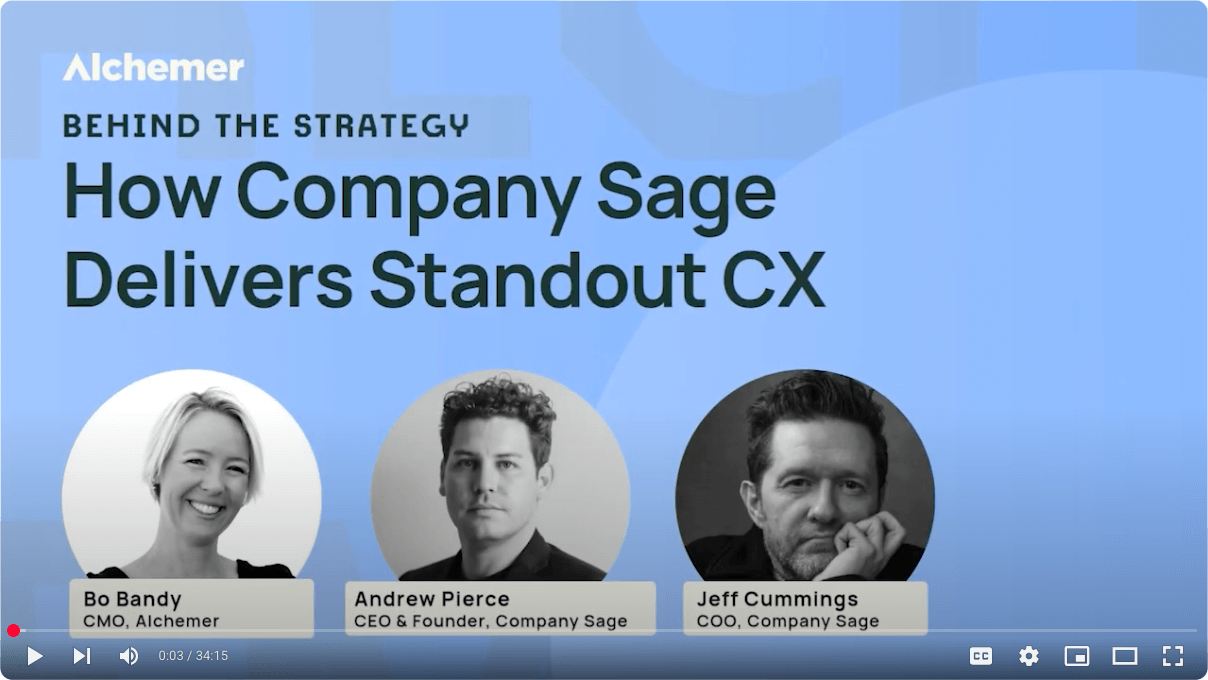Do you know that tune from back in 1992? It’s Ice Cube’s “Check Yourself Before You Wreck Yourself”, an infamous line meaning this: did you really think through, what you’re about to do? To us mortal entrepreneurs (as opposed to rap-gods) it means this: did you validate?
See, validation is key to the success of a business. You validate your business idea by finding people willing to pay for your products. Unfortunately, many entrepreneurs validate their business way too late in the process, and end up with a product no one wants to buy. In this article, you’re going to learn how to avoid that.
Let’s go!
Did You Validate?
A lot of entrepreneurs go straight from ideation to implementation. They think their solution to a problem is truly great and in all the excitement forget to validate it first.
What’s validation? It’s really simple: validation means you verify that there’s actual customers willing to pay for your product.
Don’t mistake validation for asking for feedback and getting a positive response. When you ask someone what they think of your idea, many people will tell you that they think it’s a great idea. That’s not because the idea is in fact good, but just because it’s our social norm not to shoot down creative ideas on first sight.
Also, in a problem-solution situation many people will simply tell you your solution is good because they can logically see that it solves the problem. Solving problems alone isn’t going to bring in money, you need paying customers to let your business thrive.
Then, how can you properly validate a business idea? Let’s look at three different methods.
Pay It Before You Get It
Pay It Before You Get It is exactly what it says it is: you pay for a product before you get it. It’s well known as crowd funding, or pitching an idea to a crowd and asking them to pledge money for the realization of the idea.
Crowd funding is extremely viable for validating a business idea.
This is what you do:
- Create a sales page for your solution, explaining how it works and how it benefits a potential customer. Sell it if you were selling the real thing, including videos of actual use and screenshots of the app.
- Publish the page online, so potential customers can see it. You can use LeadPages, Strikingly or WordPress to quickly setup a web page.
- Include a call-to-action on the page, like “Buy Now” or “Sign Up”. When they click on the button, they won’t see a product checkout page but instead have the option to leave their email address to get notified when the product is ready.
Based on the people that leave their email address, you can measure if there’s a potential market for your solution. You can even get in touch with them and refine your offering. Keep those potential customers in the loop about the development of your app, and try to turn them into ambassadors. Someone who’s excited about your business can bring in new customers.
Create A Low-Tech Product
Let’s say we’re going to build a product for fitness gym visitors. Often, when people go to the gym, they take a notepad with them that says what exercises they have to do. They mark their sets and repetitions on the notepad to track their progress over time. What if there was an app for that?
Note: there is an app for that. A quick search query at AppAnnie reveals that there’s tons of fitness apps that track your progress.
Instead of building the entire app, let’s make a minimum viable product instead. You may have heard the term, an MVP is the bare-bones version of your app, the most minimal version that still does what it’s supposed to do: solve a problem.
Often, app publishers mistake MVP for minimum product. They still build the app but leave out all the features, making it a very shallow product. The key point in MVP is viable, make a product that still works and solves a problem. A low-input high-output way of making an MVP is stripping away all technology. You just want to know if someone’s willing to pay for it, right?
In case of the fitness app, you’d do this:
- Go to the gym with a friend.
- Pitch your friend your product, tell him you’ll track his progress for him and that he doesn’t have to count his sets and reps on his own. Tell your friend it’s going to cost him $ 3 and that’s OK if he doesn’t want it.
- If he agrees, do the exercises with your friend. Count his sets and reps and mark them on the notepad.
- When done, give the notepad back and get your money.
You’ve just validated the business! Repeat the process with a couple of more friends, or even with a random stranger at the gym. Get the gym’s consent first, though.
The cool thing about the low-tech product is that by taking away the technology you get really creative. Technology in a product often lives a life of it’s own, and you start making technological solutions to problems that weren’t even there.
Consider these pivots that you can try out in 10 minutes:
- Instead of helping your friend, help the fitness instructor. He’s got one of those notepads too, and you can save him or her time and trouble by noting the sets and reps of students.
- Ask your friend for feedback after the purchase. What did they like? What didn’t they like? You can’t talk to an app, but you can talk to a friend.
- Don’t charge anything, but survey your customer after the purchase. How much would they have paid for the service?
Start A Joint-Venture
If you need to position each of the 3 methods for validating a business (Pay Before, MVP and Joint-Venture) on a scale between idea and actual product, a joint-venture is closest to the actual product and Pay Before You Get It is farthest away. Starting a joint-venture may seem like the quickest path from idea to product, but if your idea is full of holes it’s actually the most effective to fire up a sales page and get customer feedback.
Still, if you’re sure your idea is going to hit it out of the park: start a joint-venture!
A joint-venture is nothing more than getting a partner in the business and dividing costs and revenue between you and the partner. It could be that they take on all the costs of developments and pay out an inventor’s fee to you, or that you split 50–50 and both reap the profits.
Starting a joint-venture, in simple steps, means this:
- Set up a pitch for your product, through a speaker deck, a brochure or an entire business plan. Make it compelling, outlining the costs and benefits, the risks and rewards, and the role you expect your partner to take.
- Find a potential business partner. It may be someone you know, or someone you can meet through an introduction of a mutual friend or associate.
- Pitch the product. If the partner is interested, you can work out the details from there. If he or she isn’t interested, go on and find someone who is.
- Depending on the sensitivity of the invention, you may want to work with a Non-Disclosure Agreement or file a patent yourself. You can’t patent apps, though.
The potential upside of working with a JV is that your partner has access to a network of their own. Together, you can bring your invention to a wider audience by leveraging the extended reach of the partner.
Conclusion
We’ve gone a long way, didn’t we? Let’s summarize what you’ve learned from this article:
- Don’t start building just yet, instead, validate your idea with actual customers.
- Find a crowd of people willing to pay money for your solution.
- Start out small by creating a low-tech minimum viable product of your solution.
- When you’re certain your invention is going to hit it out of the park, find a partner who’s got a network you can leverage.
One last thought. Uniqueness, stickability and a solid business plan are important factors in product creation. They are the pillars on which you build your business, but if those pillars rest on sand your business is going nowhere. By making sure the foundation of your business is based on rock-solid validation, you’ll make the business thrive. Then, save yourself some time and trouble by validating early!
Good luck!
About The Author
Reinder de Vries is an entrepreneur and app developer, who believes that there are not enough app makers in the world. He has developed 50+ apps and his code is used by millions of users all over the globe. When he’s not coding, he teaches aspiring developers how to make their own apps at LearnAppMaking.com.





